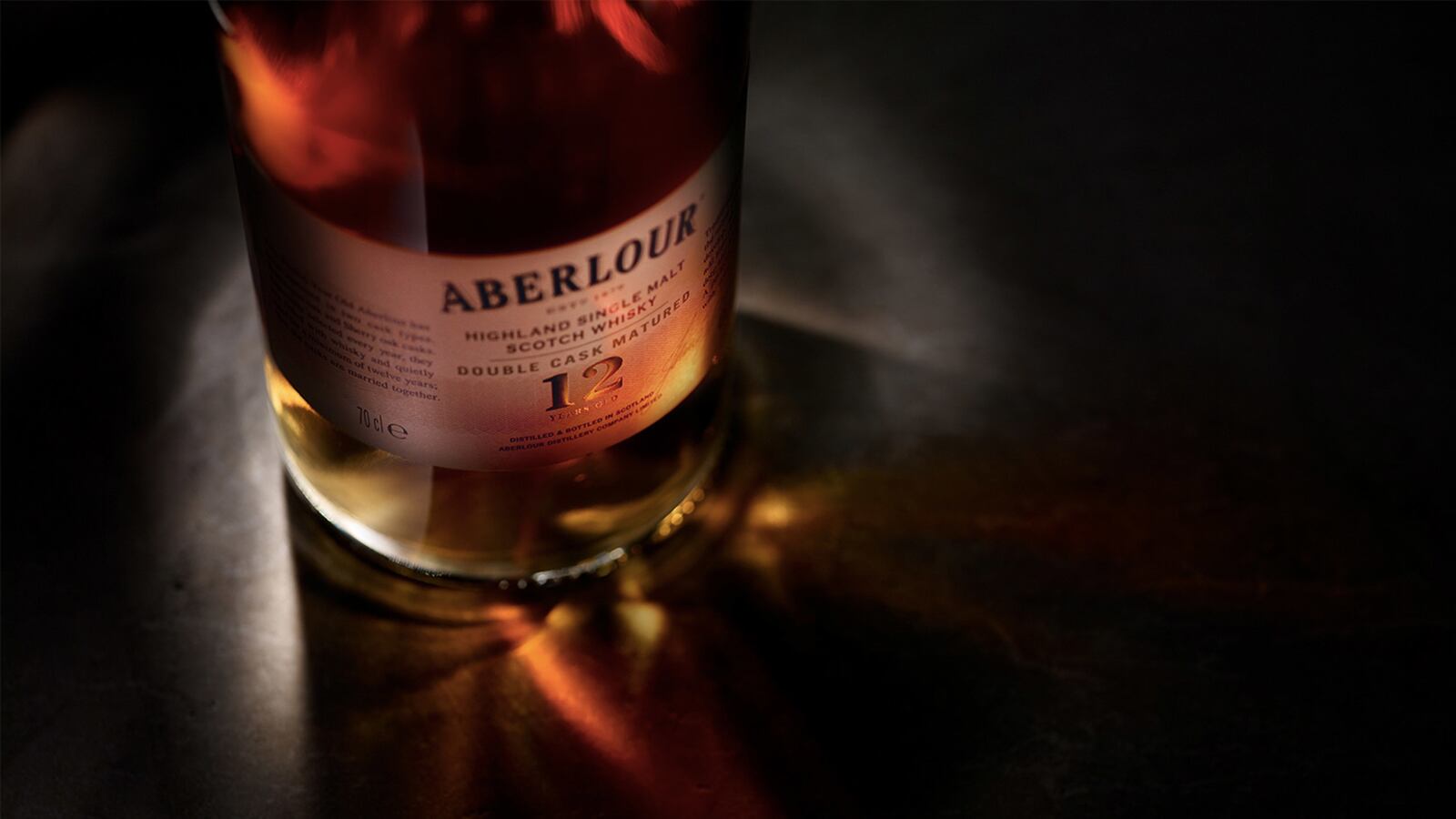
It’s no secret that many of the best single malts come from Scotland’s Speyside region. But while many of the distilleries there have become household names, there’s one that has been hiding in plain sight: Aberlour Single Malt Whiskey.
The distillery, which dates back to 1880, is well known in the UK and Europe but has flown below the radar in America. It is, however, a favorite of whisky experts and aficionados, which is usually the first step in a spirit becoming popular. In fact, Aberlour was just named distillery of the year by the International Whisky Competition.
I think what appeals to connoisseurs is that Aberlour hasn’t changed much since it was started by James Fleming 137 years ago. He believed in the philosophy of “let the deed show,” which became the founding principle of his distillery. He wanted the quality of his whisky to speak for itself. A dram of it should impress you even if you know nothing about him or the brand.

One reason he could be so confident was the quality of his ingredients, which is the base of any truly great spirit. Aberlour is in fact named after its water source, a mountain stream which flows to the river Spey and means “mouth of the chattering burn.” This babbling brook has attracted human settlements since the Stone Age. It’s no wonder, since its source is rainwater that falls on the pink granite face of the nearby Ben Rinnes mountain, which then trickles down to the slopes below. The result is unusually soft and pure water that just happens to be perfect for making whisky.
Fleming, who originally grew and sold grains to nearby distilleries, was able to tame the town’s river. He didn’t just use the water to make whisky, but he also built a waterwheel that powered the distillery and was, remarkably, in use until the 1960s. But his vision extended beyond making whisky; he transformed the entire village of Aberlour. Through his philanthropic efforts, he built the town hall, the village hospital and left money in his will for the construction of a suspension bridge over the river Spey. Fleming’s visage doesn’t grace any of the structures and not a single photo of him exists. He truly applied his motto, “let the deed show,” to his life as well as his whisky.
Construction of the Aberlour distillery started in 1879 and the company began producing whisky the following year. Fleming personally supervised its construction from top to bottom, and that attention to detail is evident in the whisky Aberlour produces today.

The whisky is matured in both Oloroso sherry butts and used bourbon barrels for at least 12 years. (The distillery also makes a 16 and an 18-year-old expression.) By aging the whiskey in two different types of barrels, it picks up sweet, spicy and fruity notes that create a rich, robust and complex single malt with a deep amber color.
Its A’bunadh, a cask-strength expression matured entirely in sherry casks, is a favorite of whisky connoisseurs. A homage to Fleming, A’bunadh is made using only traditional methods and is non-chill filtered. It’s powerful and spicy, with deep, intense raisin notes that will appeal to any lover of malts. It was awarded a nearly perfect score from the Ultimate Spirits Challenge, a gold medal from the San Francisco Spirits Wine & Spirits Competition, and was named the best cask strength whisky by the International Whisky Competition.
While the Aberlour distillery isn’t a museum—the waterwheel is gone and modern technology has helped streamline the distillation process somewhat—it’s safe to assume that Fleming would still recognize the place today and the whisky that’s made there.
And he’d no doubt be happy to see that his motto, “let the deed show,” is alive and well.






